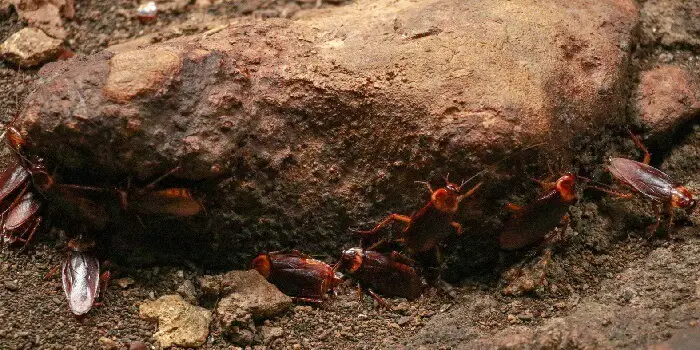Cockroach Farming

You’ve probably swatted a cockroach or two or maybe even run out of a room at the mere sight of one. However, what if I told you these little critters are more than unwelcome houseguests? For a growing number of people, cockroaches are becoming a business opportunity. Yes, you read that right: cockroach farming.
Why Would Anyone Farm Cockroaches?
Cockroaches are an essential part of many ecosystems and can play a crucial role in waste decomposition. However, in the world of farming, they serve three primary purposes:
- Animal Feed: Cockroaches are rich in protein and can be an economical feed source for poultry and fish. They grow fast, require minimal space, and can eat almost anything, making them an efficient source of animal nutrition.
- Medicine: Traditional Chinese Medicine has used cockroaches for centuries. Recent research suggests that they contain molecules that aid in curing various ailments, including liver diseases and skin disorders.
- Waste Management: As they feed on organic waste, cockroach farms can also be used for effective waste management.
The Nitty-Gritty of Cockroach Farming
Now that we’ve got the ‘why’ out of the way, let’s look at the ‘how.’ Setting up a cockroach farm might sound intimidating, but with the right tools and knowledge, it can be a breeze.
- Choosing the Species: Not all cockroaches are suitable for farming. The most commonly farmed species is the Periplaneta Americana (American Cockroach). It’s hardy, fast-growing, and has a significant yield in terms of biomass.
- Housing: Cockroaches need a dark, humid environment. A simple way to achieve this is to use plastic containers or specially designed breeding boxes. Ensure there are adequate air holes and that the container is escape-proof.
- Feeding: Cockroaches are not fussy eaters. You can feed them with vegetable scraps, fruits, and even paper. However, for better yield, specially formulated cockroach feed is available in the market.
- Breeding: Cockroaches reproduce rapidly. A single female can produce up to 30-40 offspring in her lifetime. To maintain a continuous cycle, ensure that you separate nymphs (young cockroaches) from adults, as adults can sometimes eat the nymphs.

The Financial Potential
Cockroach farming can be lucrative, especially in countries with demand for them as feed or medicine. The initial investment is relatively low, and the return on investment can be significant, especially as the market for alternative and sustainable protein sources is rising.
| Aspect | Details |
|---|---|
| Initial Investment | $100 – $1000 (depending on the scale and equipment) |
| Maintenance Cost | Low (mainly feed and occasional replacement of containers) |
| Yield | A single female can produce 30-40 offspring |
| Sale Price | $10 – $50 per kilo (based on region and demand) |
| ROI (Return on Investment) | High (due to rapid reproduction and growing market demand) |
Challenges and Criticisms
Cockroach farming isn’t without its criticisms. The main concern is the potential for disease spread, given that cockroaches can be carriers of various pathogens. It’s essential to maintain proper hygiene and regularly clean the housing units.
Moreover, the idea of farming cockroaches can be a turn-off for many due to their general aversion towards them. As with any business, understanding the target market and potential challenges is crucial.
Conclusion
While not for the faint-hearted, cockroach farming is an emerging business opportunity that promises sustainability, profitability, and a solution to some of our environmental concerns.
Whether you’re looking at it from an investment angle or just out of sheer curiosity, it’s undeniable that these little critters are making a significant impact. Who knew that the often despised cockroach could offer so much potential?

James E. Butkovich, Pest control maven with a knack for eco-friendly & Chemical solutions. Blogger with a mission to make homes pest-free, one post at a time.